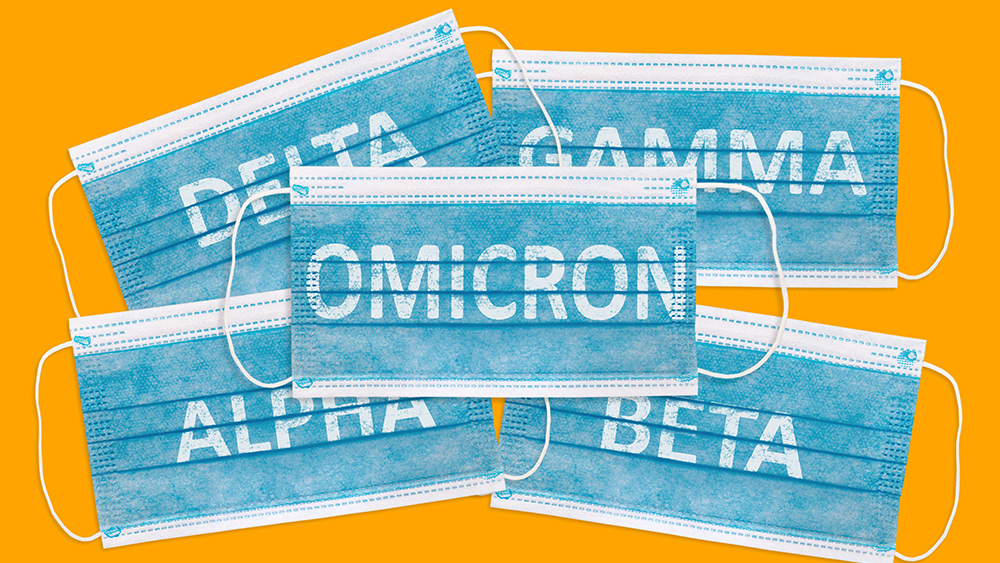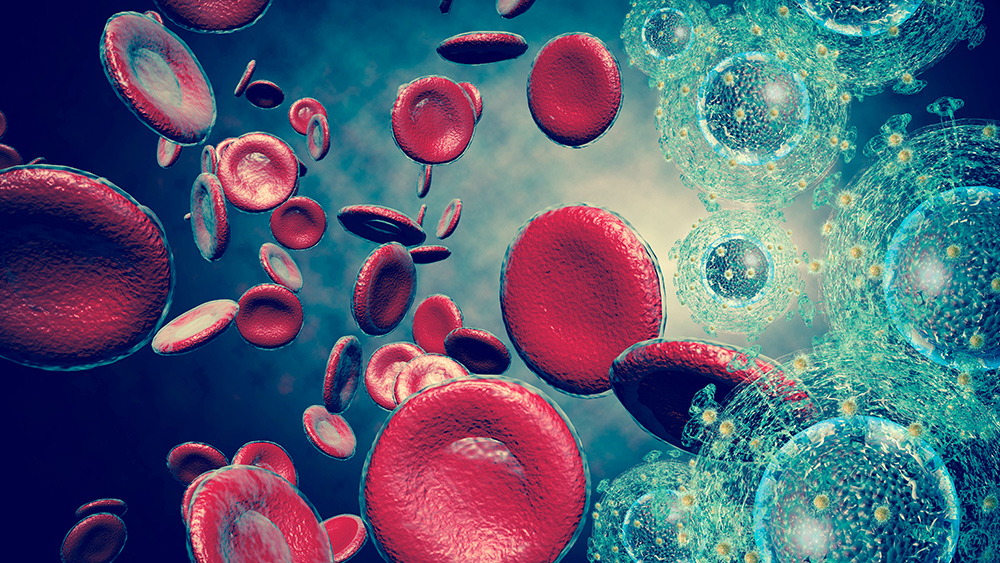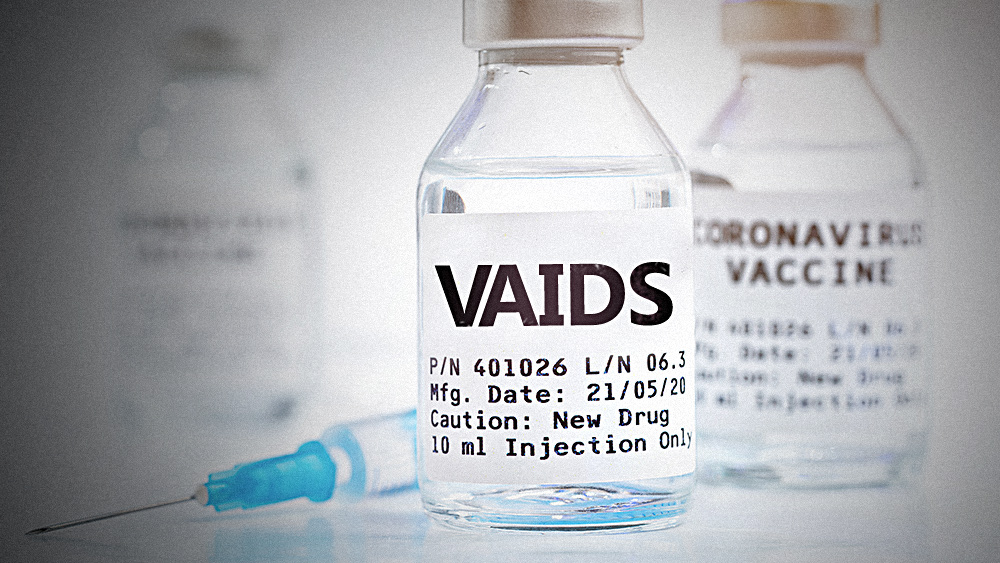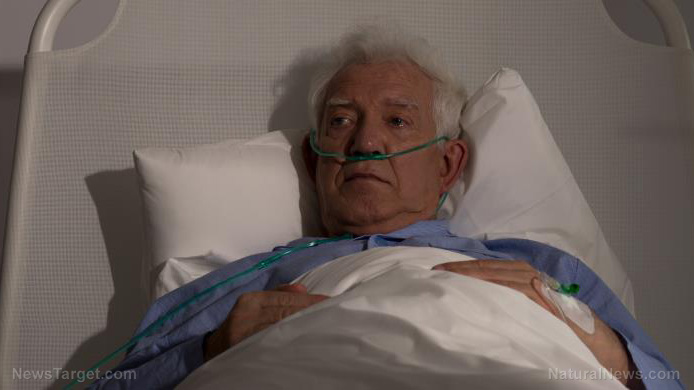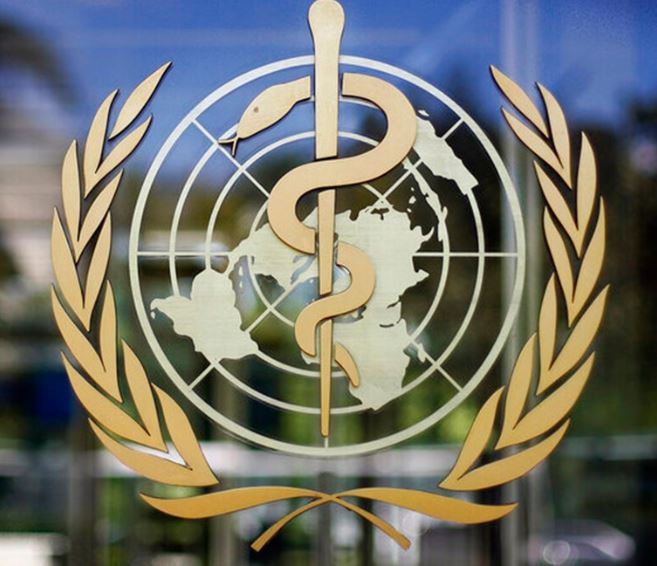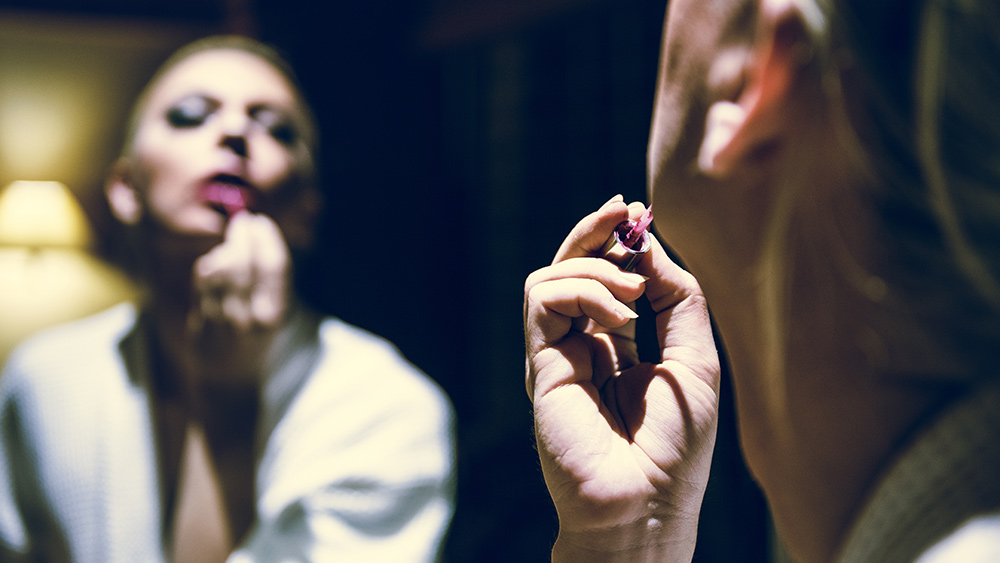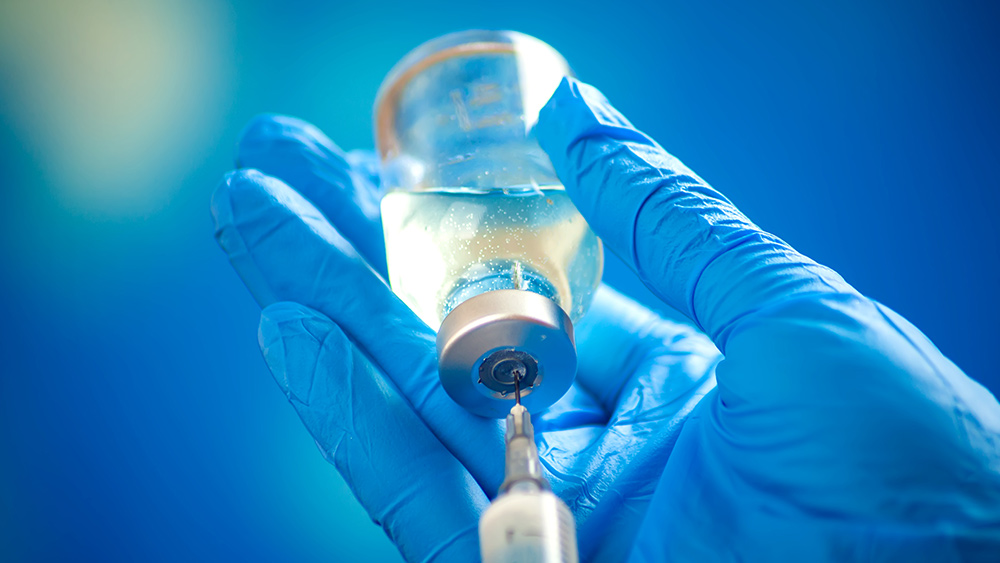Treat burns by running affected skin under cold water for at least 20 minutes, advise experts
12/21/2022 / By Zoey Sky

First aid guidelines often recommend treating a minor burn by running the affected skin under cold water. But how long do you need to do this to relieve the pain?
According to research by leading skin specialists, you should run the affected area under running water for at least 20 minutes. The study findings also revealed why the remedy is effective.
Why 20 minutes?
The study found that 20 minutes is the optimum time spent under water from a faucet.
Doing this resulted in a 56 percent reduction in the depth of the burn. This time protocol is longer than what is recommended by some National Health Service (NHS) hospitals, which advice doing so for only 10 minutes.
Professor Hugh Wright, the study’s lead author who is also a consultant hand surgeon at Leeds General Infirmary, experimented on 30 pieces of tissue donated from patients who had undergone breast reconstruction. (Related: Prepping must-haves: Medical supplies and first aid kits.)
The breast tissue was burned to the same severity as the skin of a hand touching a gas stove.
This kind of injury creates “mid-thickness burns” where the damage penetrates only the upper layer of the skin. It is the most common form of burn.
Next, the tissue was run under water cooled to 60.8 F (16 C), which is the average temperature of tap water, for 20 minutes. The tissue was also compared with burnt skin that had not been cooled.
According to Wright, the cooling effect inhibits the bodily process that triggers skin damage after a burn.
When your skin is injured, the immune system releases cytokines or proteins which protect against infection in the wound. However, when too many cytokines are released in response to a burn, this can trigger prolonged inflammation in the area and increased damage to the tissue as a result.

Wright’s study, called “Putting Out The Fire Of The Burn,” has found that cooling the wound shuts off the release of cytokines and helps limit tissue damage.
The study findings suggest that if more injured people run burns under cold water for 20 minutes, there would be fewer severe burns treated on the NHS annually.
The National Institute For Health and Care Excellence reported that at least 250,000 Britons experience burn injuries every year. An estimated 175,000 patients are hospitalized for treatment.
The most common type of burn injury is a scald that is caused by hot water or steam.
Teaching people why it’s crucial to cool skin after a burn and how to do it properly can help save many people “skin grafts, infections and ongoing burns treatment,” concluded Wright.
First aid remedies for minor burns
You may get a first-degree burn if you accidentally touch a hot stove or curling iron.
But unlike second- or third-degree burns, which are more severe, first-degree burns only involve the top layer of your skin. If you have a first-degree burn, your skin may be red and painful. The burn can also cause mild swelling.
You can treat most first-degree burns at home, but you need to treat the burn properly. Even though first-degree burns aren’t as serious as higher-degree burns, they can hurt and leave a scar if not properly treated.
Here are some tips on how to treat a first-degree burn:
Cool the burn
As revealed by the study, it is best to immerse the burn in cool tap water for at least 20 minutes or apply cold, wet compresses. Do this until the pain subsides.
Apply petroleum jelly to the burn two to three times daily
Only use petroleum jelly on the burn.
Do not apply ointments, butter or toothpaste because these may cause an infection. Do not apply topical antibiotics.
Cover the burn with a nonstick, sterile bandage
If blisters form on the burn, let them heal on their own and keep the area covered. Do not pop the blisters.
Protect the area from the sun
After the burn heals, protect the affected area from the sun by seeking shade, wearing protective clothing or applying a broad-spectrum, water-resistant sunscreen with an SPF of 30 or higher.
These can all help minimize scarring since the redness from a burn sometimes persists for weeks, especially if you have a darker skin tone.
First-degree burns will usually heal on their own without medical treatment. But if your first-degree burn is very large or the patient is an infant or elderly person, or if you think your burn is more severe, seek medical attention at an emergency room immediately.
Watch the video below to know more about how biostructured silver can help support the skin’s healing process.
This video is from the Health Ranger Store channel on Brighteon.com.
More related stories:
Survival medicine: Healing herbs for your first aid kit.
First aid basics: Home remedies and treatments for different kinds of open wounds.
Understanding and treating a second-degree burn.
Sources include:
Submit a correction >>
Tagged Under:
alternative medicine, burn remedies, Burns, clean water, Cosmetics, emergency medicine, first aid, mid-thickness burns, natural cures, natural medicine, Naturopathy, remedies, skin damage, skin health, survival medicine
This article may contain statements that reflect the opinion of the author

